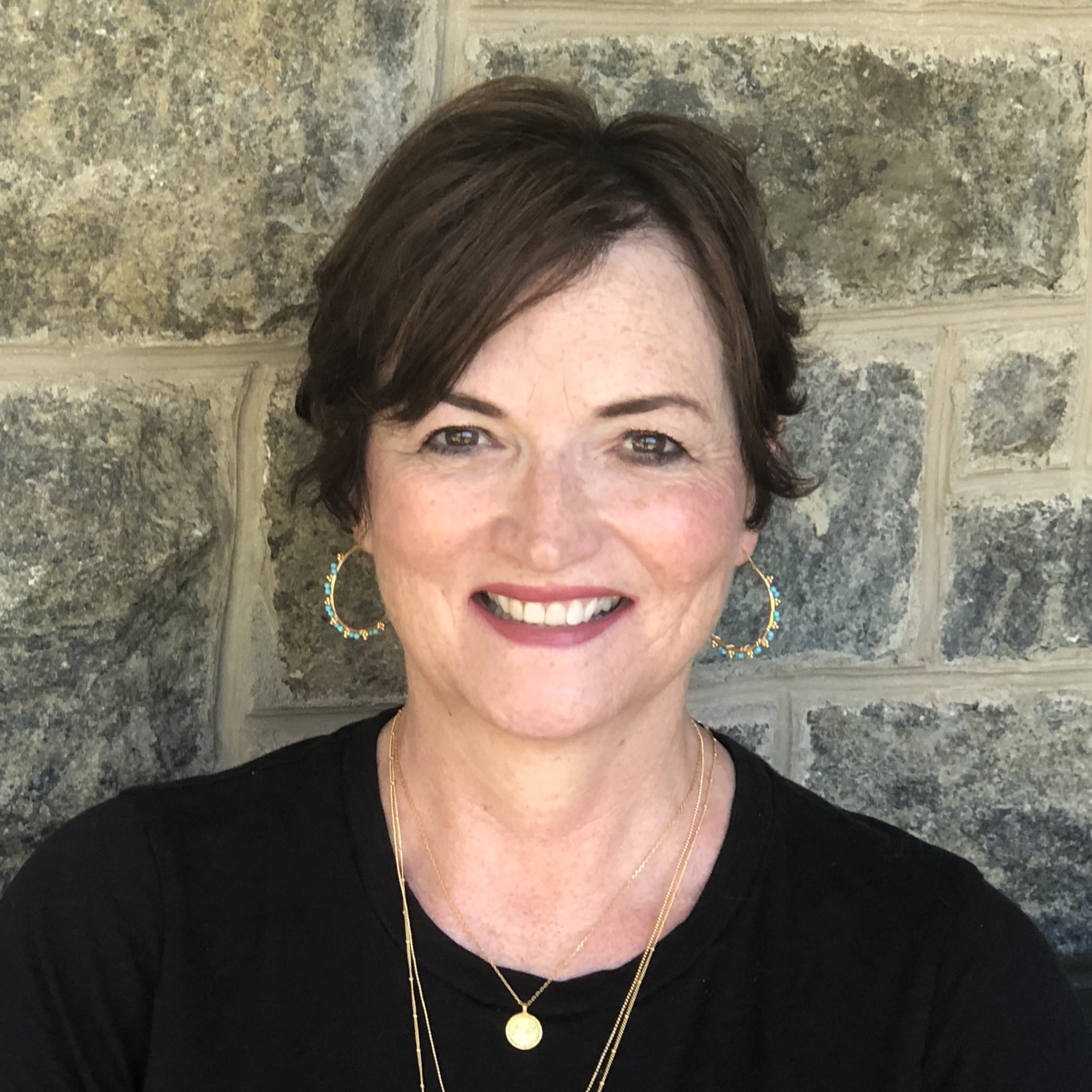My mission of self-discovery began when I started documenting my journey through breast cancer. But it did not end there. The more I wrote, the more I learned. I initially wanted to know why my breast cancer diagnosis set off such a wave of sorrow inside me. Why was my past fast and furiously suddenly showing up in my present, and why was I rocking myself to sleep as I did as a child? What I found out was so much more than I envisioned.
As my hands fiddled with a paperclip I had picked up on the side table, I talked about the loss and pain of my childhood. Again. It was like looking out a train window, watching the stages of my life rumble past. I traveled through all the grieving steps again—denial, anger, bargaining, depression, and acceptance—and not all in that order. The psychological stress of digging it all up again took me back to a time and place that was familiar. There was I was a sad child, a lost teenager, a lonely young adult. A feeling of panic often sat in the pit of my stomach. During my therapy sessions, the gate that held back the pain of those memories was starting to open.

My therapist’s name was Carol, and our entire first session focused on my family and upbringing. Part of me wished we could have fast-forwarded through that part, as it always conjured old deep-seated wounds. Try as I might to will those wounds to be healed, they wouldn’t cooperate. And, like unhealed wounds, mine started oozing blood again.
I had finished my treatments for breast cancer months ago—four rounds of chemotherapy and thirty-three days of radiation. I wanted to put this whole cancer chapter behind me. I was getting my energy back, and I believed I was moving on with my life.
“Why couldn’t I shake the impending doom feeling and the crippling nightmares?”
To process the flooding memories, I woke up most days at five am and wrote until mid-morning. I hung up extensive 20 x 20 post-it notes on my office wall. As a visual person, I thought that might help me make sense of what was going on in my head. It was as if someone suddenly turned on a movie projector, episodes of my childhood that had laid dormant for close to forty years played. I filled the yellow paper cup with each scene that played in my head.
Here I was fifty-three years old and teetering on the edge of despair. As I desperately searched for the off button, I relived each episode I wrote about. Week after week, crumbling into tears and then trying to climb up from the exhaustion that followed.
“Would I ever finish mourning the loss of my childhood?”
I remembered how I’d filed away information I’d found when first looking for causes of my breast cancer. Now my curiosity led me back to that research.
I found an article that suggested a cancer diagnosis may trigger cognitive and emotional responses related to a patient’s prior traumatic experiences. Is that what happened to me? Has my body held onto all these emotions, and my cancer diagnosis brought it all back? I now understood why I’d still been rocking myself to sleep.
Spring turned to summer and then into fall. One beautiful golden day in early Fall, I took my laptop to a coffee shop and sat outside, deeply breathing in the cool autumn air. I discovered a study on ACEs (adverse childhood experiences) that suggested that multiple ACEs may be a risk factor for cancer development—the higher a person’s ACE score, the greater risk to their health throughout their life. For instance, a person who answered yes in four or more categories was twice as likely to develop heart disease and cancer and three and a half times as likely to develop chronic lung disease as a person who’d answered no in all categories.
.
I took the quiz that went along with the study and answered yes to seven of the ten categories.
I’d always thought that the cause of my anxiety, panic attacks, and depression was related to my upbringing, but I had nothing to prove it. Was it possible that my traumatic childhood had caused my cancer?
I’d come to read books like reading Bessel van der Kolk’s book The Body Keeps the Score and Donna Jackson Nakazawa’s book Childhood Disrupted. Both books would become like bibles for me—for living life after trauma.
After several months of seeing Carol, my nightmares lessened, and I was now taking daily walks. My emotional frailty disappeared, and I felt strong enough to stop therapy and focus on living my life. My writing continued, and I felt compelled to share my voice through my writing with the world.
My writing led me to understand better myself and the choices I made along my life’s path. Addressing my traumas and writing about them has allowed me to move forward. When you can speak about the trauma you experienced, that’s when you begin to heal. When you walk the path through self-awareness with compassion, you open yourself up to the possibilities of a reclaimed life.
Our legacy lives within us, and healing from the adverse effects of childhood can genuinely take a lifetime. I do believe —Like a lotus flower, we all can rise from muddy waters to bloom out of the darkness and radiate into the world.
Guest Post Disclaimer: Any and all information shared in this guest blog post is intended for educational and informational purposes only. Nothing in this blog post, nor any content on CPTSDfoundation.org, is a supplement for or supersedes the relationship and direction of your medical or mental health providers. Thoughts, ideas, or opinions expressed by the writer of this guest blog do not necessarily reflect those of CPTSD Foundation. For more information, see our Privacy Policy and Full Disclaimer.

Susan Frances Morris is the author of The Sensitive One, a memoir dealing with childhood trauma, abuse, health, and healing. She holds a bachelor’s degree in nursing and was a practicing nurse from 1989 to 2011, primarily in Women’s Health. She was raised in Springfield, Massachusetts, the second oldest of seven siblings with two sets of twins. http://susanfrancesmorris.com




